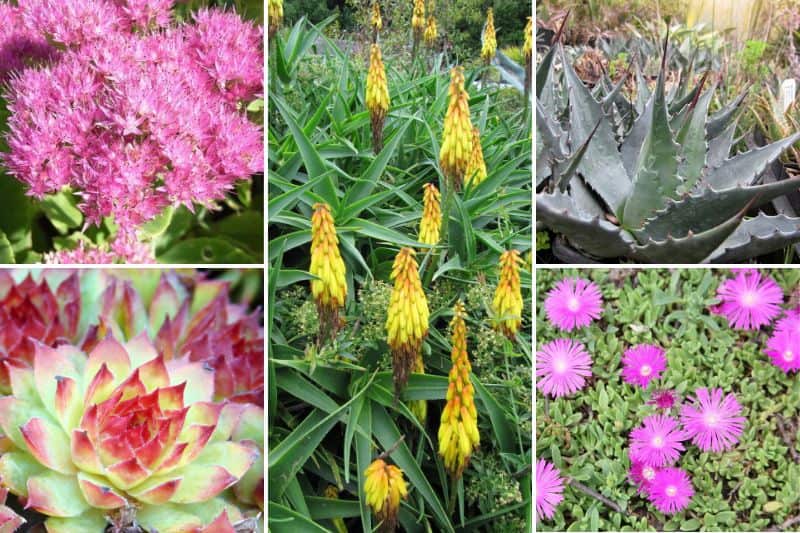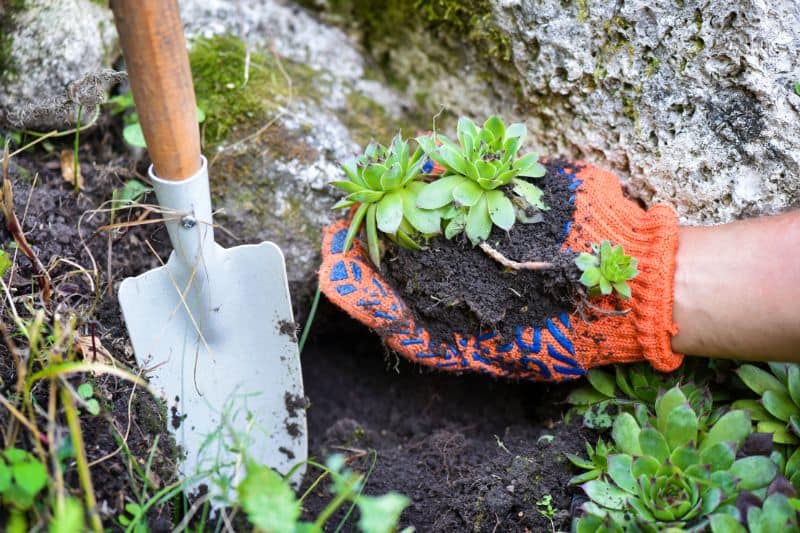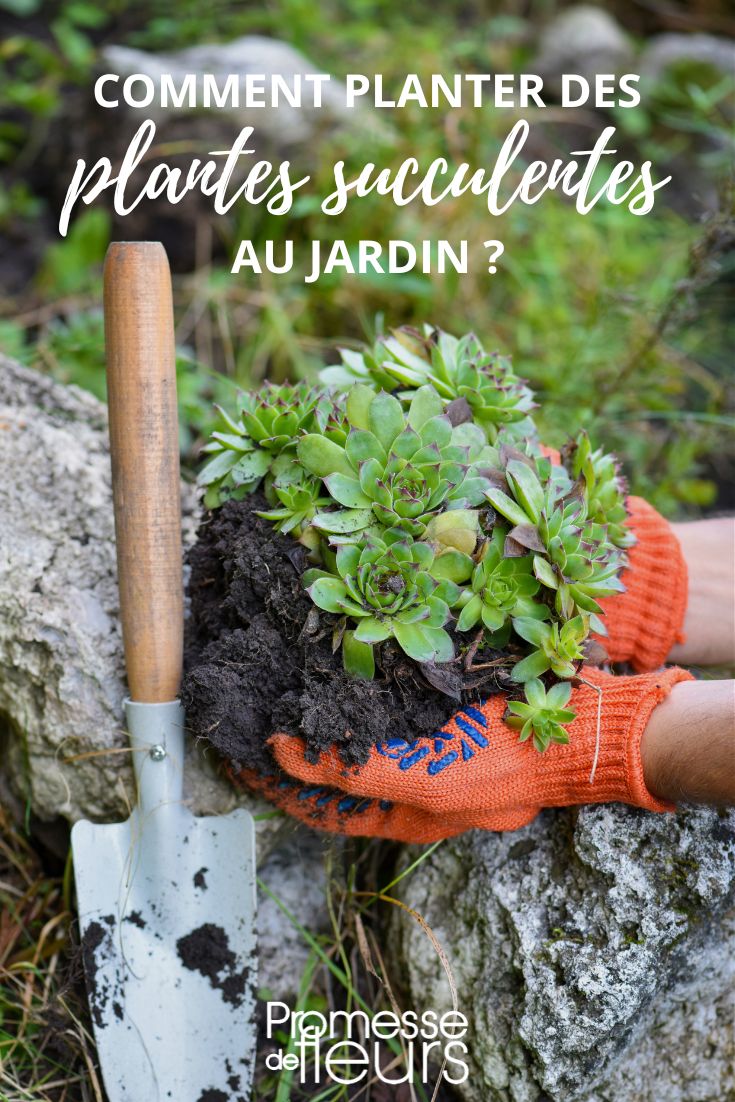Succulent plants, also called succulents, are remarkable plants that are distinguished by their ability to store water in their leaves, stems or roots. Thanks to this trait, they are ideal for dry gardens or rockeries, requiring little maintenance and adding originality with their varied foliage. Planting succulents in the garden offers many advantages: they are hardy, need little watering and can survive in harsh conditions… provided there is no excess moisture. Discover our tips to succeed in planting and caring for succulents outdoors.
Choose succulent varieties suited to your garden
To choose succulents to plant in your garden, it is essential to take into account several factors such as climate, soil type and exposure where they will be planted. Here are, as examples, a few popular varieties that adapt well to different environments:
- Sedums: these plants are perfect for poor, dry soil. Sedum, or stonecrop, tolerates heat and winter cold very well. It prefers full sun. In late summer its flowering, pink or golden depending on variety, brings colour to garden, as with variety 'Carmen'.
- Houseleeks: also called Sempervivum, houseleek is known for its cold tolerance and can survive temperatures down to −30 °C depending on variety. It grows well in rockeries and prefers full sun to partial shade. It is prized for its small size and colourful rosettes, such as Sempervivum 'Black'.
- Aloes: Aloe needs well‑drained soil and full sun. Tender, it is perfect for warmer regions, but some varieties (such as Aloe striatula) can tolerate temperatures down to −10 °C.
- Agaves: this robust plant suits well‑drained soil and requires full sun. Some Agave varieties, such as Agave montana, are very cold‑hardy and can survive temperatures down to −15 °C.
- Delospermas: also called ice plant, this groundcover succulent can tolerate temperatures down to −10 °C. It prefers full sun and well‑drained soil, ideal for borders and rockeries.
When choosing plants, make sure they are healthy: leaves should be firm and free from spots, and base of plant should show no signs of rot.

Planting succulents in the garden
Choose location and prepare soil
As you have probably guessed, succulents hate excess moisture. It is their main enemy. To succeed with them, make sure soil is well drained.
Most succulents prefer full sun. Choose a spot where they will receive at least six hours of sun per day. Avoid areas where water pools after rain.
If soil is clayey or retains too much water, you can improve it by mixing 1/3 garden soil with 1/3 cactus and succulent compost, and 1/3 gravel or coarse sand. This will help water drain more quickly and prevent roots from rotting. Alternatively, create a small raised mound.
Planting steps
1- Dig a hole slightly wider and deeper than plant's rootball. This allows roots to spread easily.
2- Mix garden soil with cactus and succulent compost and add 1 or 2 handfuls of coarse sand or gravel to improve drainage. You can also add compost to enrich soil.
3- Place plant in hole, backfill with this soil mix, pressing lightly around base to stabilise plant.
4- Finally, water lightly to help plant settle, but take care not to saturate soil.

Practical tips
- Avoid planting succulents in very hot weather or during frost periods.
- If planting several succulents, leave enough space between each plant to allow good air circulation and optimal growth.
Caring for succulents in the garden
Watering frequency and methods
Succulents need very little water. Water only when soil is completely dry. Overwatering can cause root rot.
- Signs of overwatering: leaves soft, translucent or yellowing.
- Signs of underwatering: leaves wilted, wrinkled or shrivelled.
Fertilisation
Succulents do not need much fertiliser. Use a fertiliser formulated for cacti and succulents once or twice a year, in spring and summer.
Wintering and winter protection
Some succulents can tolerate sub‑zero temperatures, but others require extra precautions.
- Mulching: add a layer of organic mulch (straw, hay, wood chips, etc.) around plants to protect roots from cold. Be careful, mulch also retains soil moisture! Monitor succulents regularly. Prefer mineral mulches for growing season (pumice, slate, etc.).
- Frost cloths: in case of severe frosts, cover sensitive succulents with frost cloths. Remember to open cloth several times a week to limit condensation.
Managing heavy rain
If region is prone to heavy rain, consider covering succulents or moving them temporarily.
































Comments